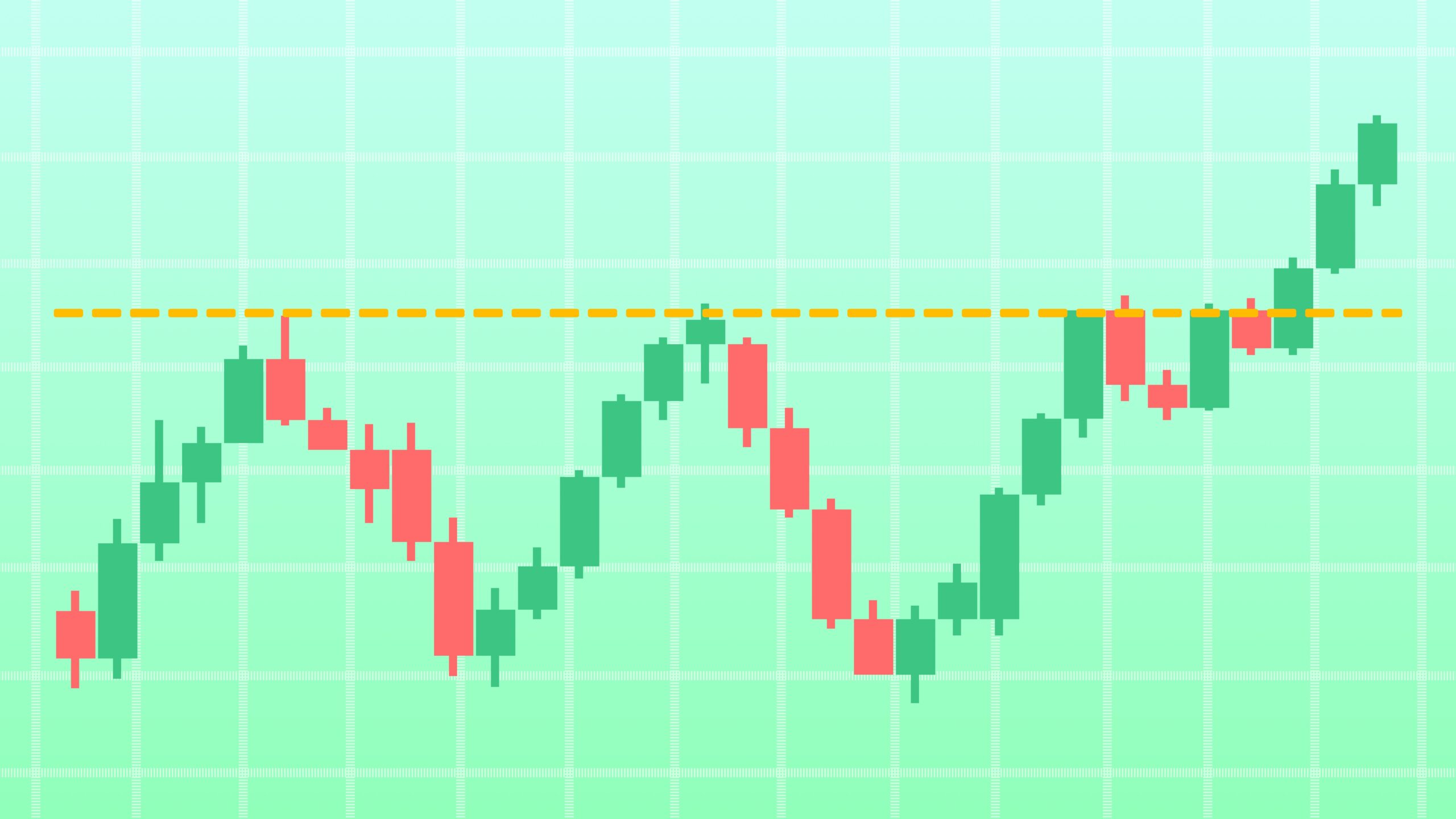
In the world of cryptocurrency trading, terms and phrases can often seem like a foreign language to those new to the space. One such term that frequently comes up in discussions about Bitcoin trading is “Bitcoin breakout.” To the uninitiated, this may sound like jargon, but understanding it can be crucial for making informed investment decisions. This article will delve into what a Bitcoin breakout is, how it works, and how traders can use it to their advantage.
Defining Bitcoin Breakout
A Bitcoin breakout refers to a significant price movement where Bitcoin moves beyond a defined level of resistance or support, typically accompanied by a surge in trading volume. This phenomenon indicates a shift in market sentiment and often precedes substantial price changes. In simpler terms, it’s when Bitcoin’s price breaks out of a predictable pattern, leading to either a sharp rise or fall.
Resistance and support are foundational concepts in technical analysis:
- Resistance is a price level where selling pressure is strong enough to prevent the price from rising further.
- Support is a price level where buying pressure is strong enough to prevent the price from falling further.
When Bitcoin’s price breaks through a resistance level, it’s referred to as a “bullish breakout,” suggesting that the price may continue to rise. Conversely, if it falls below a support level, it’s called a “bearish breakout,” indicating potential further declines.
How Breakouts Occur

Breakouts occur when the market reaches a point where the pressure from buyers or sellers exceeds the capacity of the opposing side to maintain the price level. Several factors can trigger breakouts:
- Market Sentiment: News events, regulatory changes, and macroeconomic factors can influence market sentiment and drive breakouts.
- Technical Indicators: Tools like moving averages, Bollinger Bands, and Relative Strength Index (RSI) can help identify potential breakout points.
- Volume: High trading volume often accompanies breakouts, signaling strong interest and confirming the breakout’s validity.
Identifying a Bitcoin Breakout
Traders use various methods to identify potential breakout opportunities:
- Chart Patterns: Recognizing patterns such as triangles, flags, and head-and-shoulders can signal impending breakouts. For example, a “triangle” pattern forms when Bitcoin’s price moves within converging trendlines, suggesting a potential breakout when the price moves outside the pattern.
- Support and Resistance Levels: By analyzing historical price charts, traders can identify key support and resistance levels. A breakout occurs when the price breaks through these levels, signaling a potential trend reversal or continuation.
- Technical Indicators: Indicators like moving averages can help traders spot potential breakouts. For instance, a moving average crossover occurs when a short-term moving average crosses above or below a long-term moving average, suggesting a breakout.
- Volume Analysis: Increased trading volume can confirm a breakout’s legitimacy. If Bitcoin’s price breaks through a key level with high volume, it’s more likely to sustain the new price direction.
Strategies for Trading Bitcoin Breakouts
Understanding how to trade breakouts can enhance your investment strategy. Here are some popular approaches:
- Breakout Confirmation: Wait for confirmation of the breakout before entering a trade. This might involve checking if the price remains above a resistance level or below a support level for a specific period or if the breakout is supported by increased volume.
- Setting Stop-Loss Orders: To manage risk, set stop-loss orders to protect your investment in case the breakout fails. For instance, if you enter a long position after a bullish breakout, setting a stop-loss below the breakout level can help limit losses.
- Target Setting: Determine target levels based on historical price movements or technical analysis. For example, you might use Fibonacci retracement levels to set profit-taking targets.
- Using Trend Indicators: Combine breakout strategies with trend indicators to align your trades with the overall market trend. For example, using the Average True Range (ATR) can help gauge market volatility and adjust your trading strategy accordingly.
Risks and Considerations

While breakouts can offer lucrative opportunities, they also come with risks. Here are some considerations to keep in mind:
- False Breakouts: Not all breakouts lead to sustained price movements. A false breakout occurs when the price briefly moves beyond a support or resistance level but quickly returns to its previous range. This can lead to losses if traders enter positions based on false signals.
- Market Volatility: Bitcoin is known for its high volatility, which can lead to rapid price fluctuations. Be prepared for significant price swings and ensure your strategy accommodates this volatility.
- Over-Reliance on Technical Analysis: While technical indicators are useful, they should not be the sole basis for trading decisions. Incorporate fundamental analysis and stay informed about market news and trends.
A Bitcoin breakout is a crucial concept in cryptocurrency trading, representing a significant price movement beyond established support or resistance levels. By understanding how breakouts occur and implementing effective trading strategies, investors can capitalize on these market movements. However, it’s essential to remain aware of the risks and use a well-rounded approach that combines technical analysis with broader market insights. Whether you’re a seasoned trader or new to Bitcoin, grasping the dynamics of breakouts can enhance your trading strategy and potentially lead to more informed investment decisions.